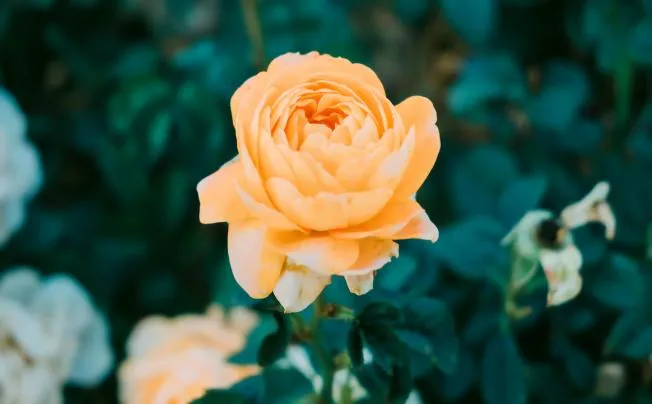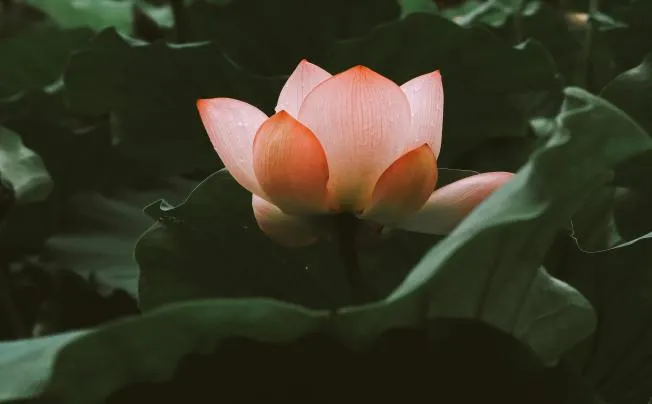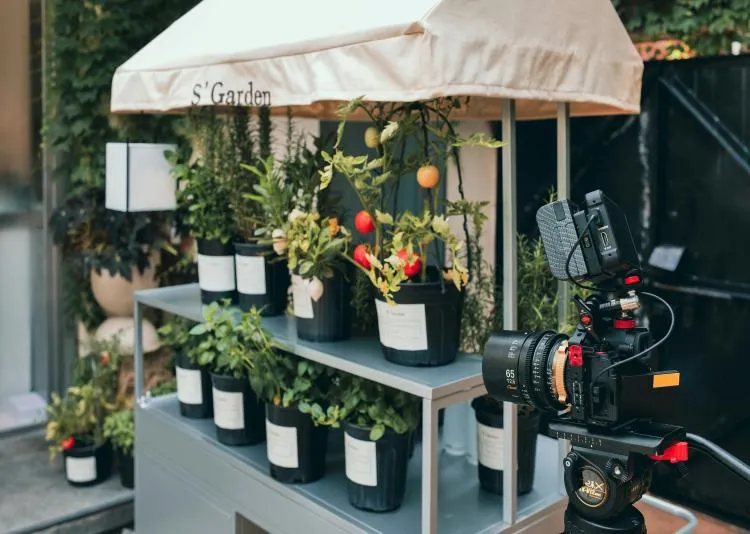What Type Of Flower Pots Last The Longest?
A durable flowerpot is like building a solid fortress for the plants, which can provide stable growth conditions for the plants and accompany the plants through the long years.
Factors that affect the life of flower pots
Materials
1. In general, high-quality plastic flower pots can be used indoors and with proper care, and their service life may reach 3-5 years; however, if placed outdoors and exposed to wind, rain, and strong sunlight, they may need to be replaced in 2-3 years. Materials 1. Plastic flower pots: inexpensive, lightweight, portable, rich in shape, but relatively weak in durability.
2. Ceramic flower pots: they have a beautiful appearance, a finish on the outside that makes them waterproof, and a powerful ornamental effect that makes them ideal for indoor flower gardening. However, if struck, the texture is brittle and easily breaks. Additionally, the flower container may shatter in the harsh winter months if the water freezes and then expands after watering. Ceramic flower pots can last for many years and even become heirloom-quality flower containers if you use them carefully and keep them away from collisions and extremely hot or cold weather.
3. Clay flower pots: they are durable, have good air permeability, and allow plant roots to breathe. They can be used for 10 or even decades if they are not harmed by outside factors. Clay flower pots, on the other hand, absorb water readily. If the water in the flower pots freezes during the winter in cold climates, the pots may break. Furthermore, some white salt and alkali precipitates may form on the flower pots' surface after prolonged use, which would alter their look but not their primary purpose.

Use environment
1. Indoors: less likely to damage the flower pots because of the relatively constant temperature, humidity, and lack of intense UV light. Indoor flower pots can typically last for a long time if they are not subjected to artificial accidents or misuse, such as frequent watering that leaves the pots soaking in water for an extended period of time.
2. Outdoor environment: The sun's ultraviolet rays will hasten the deterioration of flower pots composed of rubber, plastic, and other materials; wind and rain erosion will progressively erode the flower pots' surface; and extreme temperature fluctuations, such as bitterly cold winters and intense summer heat, are also harsh tests for the flower pots' material. In the colder northern climates, if outdoor flower pots are not adequately kept warm during the winter, the soil will freeze and break them quickly. Therefore, it is essential to select flower pots that are used outdoors that are made of harder materials and are more suited to harsh environments. Additionally, protection measures should be taken in accordance with seasonal changes.
Daily maintenance
1. Daily cleaning: Regularly clean the dust, stains and moss on the surface of the flower pot, which can not only maintain the beauty of the flower pot, but also prevent these dirt from eroding the material of the flower pot. For ceramic and metal flower pots, you can wipe them with a damp cloth; clay flower pots can be gently scrubbed with a soft brush.
2. Proper watering: To prevent overwatering or underwatering, learn the proper watering technique. If the flower pot is overwatered, it will remain wet for a long period, which can easily lead to material damage. For instance, excessive water absorption can lead clay flower pots to become mushy and distorted; inadequate watering will result in the soil drying up and cracking, as well as some damage to the flower pot.
3. Effective antifreeze precautions should be performed for outside flower pots throughout the chilly winter months. To stop the flower pot from splitting from the cold, you can take it inside or to a heated greenhouse. You can also wrap the flower pot with a layer of insulation material, like foam board, an old quilt, etc.

Practical tips to extend the life of flower pots
Select the appropriate location
Flower pots made of plastic should not be exposed to direct sunlight for extended periods of time because they are not UV-resistant. They work better on windowsills indoors; if you put them outside, pick shady spots. As a focal point of interior design, ceramic flower pots are ideal for indoor living rooms, study spaces, and other areas that are not easily knocked over. They are lovely but delicate. Most plants can be grown in clay flower pots because of their high air permeability. Both indoors and outdoors, they can be positioned beneath the eaves but should be protected from prolonged rain erosion. Although metal flower pots are durable and suitable for outdoor courtyards, they should be positioned in locations with shade during the hot summer months to avoid injuring plant roots due to high soil temperatures.
Frequent upkeep and inspection
Examine the flower pots on a weekly or monthly basis for damage and cracks. Look for brittleness and evidence of ageing on plastic flower pots; focus on inspecting the bottom and corners of ceramic flower pots; look for cracks and salt-alkali precipitation on clay flower pots; and check for rust on metal flower pots. When little fractures are discovered, they can be fixed using glue for plastic and ceramic flower pots, with special clay repair agents for minor cracks in clay flower pots, and with sandpaper to remove rust before applying anti-rust paint for rusty metal flower pots. To prevent interfering with plant growth, the flower pot should be changed as soon as possible if the damage is severe.
Points for seasonal maintenance
The atmospheric humidity progressively rises as the temperature rises in the spring. At this point, be mindful of the flower pots' ventilation to prevent mould from growing on their surface from moisture, which would shorten their lifespan and impair their look. To guarantee air circulation around outdoor flower pots, you can clear the debris surrounding them. During the hot and humid summer months, plastic flower pots should be shielded from the sun. Although clay flower pots have good air permeability, you should also be careful not to get too much rain so that the soil isn't too wet and hinders the growth of plant roots. You can cover the flower pots with sunshade nets; ceramic and metal flower pots should be shielded from rain to prevent long-term water accumulation in the flower pots; and you should pour out the excess water in the pots as soon as it has rained. In autumn, the temperature gradually drops. For plants that are not cold-resistant, the flower pots should be moved indoors in time, and the flower pots should be cleaned to remove dust and stains on the surface to prepare for winter. In winter, in cold areas, outdoor flower pots should be kept warm, such as wrapping them with foam boards, old quilts, etc. to prevent the flower pots from breaking due to low temperatures; indoor flower pots should pay attention to controlling the frequency of watering to avoid damage to the plant roots due to low water temperature.

Selected Blogs
-
What customization services are available for metalworking customization?
2024-12-12
-
What Is The Difference Between A Plant Container And A Raised Bed?
2024-04-23
-
Garden Screening & Fence Panels
2024-04-23
-
Gardening pot selection tips
2024-04-17
-
The function and collocation of horticultural fire pot
2024-04-17


